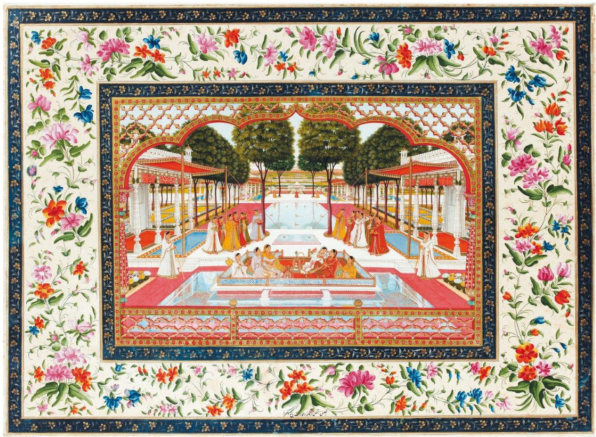Indian Beauties: The Islamic Art under the Mughal Dynasty
(by the Islamic Arts specialist Dr Isabelle Imbert PH.D)
The Mughal dynasty ruled over the largest Islamic kingdom of the Indian subcontinent from 1526 to 1857. Highly visual, Mughal productions cover a large range of medium and if it is easy to appreciate their inherent beauty, it is often more complicated to precisely identify, date and authenticate Mughal artefacts. This increased difficulty is due to the large and sometimes complex chronology of the dynasty, including a large number of styles and techniques.
1. Where to start
Mughal art is recognized as a branch of Islamic arts, all Mughal emperors following the precepts of Islam, and objects are therefore included in Islamic art auctions. Historically, the principal centre to buy Mughal art is London. Today, two Islamic weeks are organised in April and October each year by Bonhams, Christie’s and Sotheby’s, where the most precious artefacts are presented.
Paris, especially Millon et associés and Pierre Berger auction houses also have dedicated sales, generally twice a year. However, it is worth going through auction catalogues as late Mughal objects are often included in generalist auctions, especially weapons and metalwork. The overwhelming abundance of Mughal objects and their diversity can complicate a first bid but all mediums are not represented the same way on the market. It would be too long to go through the entire panel of media used by Mughal artists; instead we will focus on the main two: paintings and jewellery.
2. Mughal painting
Though there is usually no human representation in holy places, Islamic lands like Mughal India have developed brilliant traditions of human figure representation on several media.
Manuscripts and album pages are the most represented form of expression on the Mughal arts market. Estimations vary depending on the date, signature or attribution, the state of preservation, the provenance and the existence of variations on the same theme. For instance, paintings produced under the first two emperors, Babur (1526-1530) and Humayun (1530-1556) are extremely rare and usually reach very high prices. (1)
The core era of Mughal painting lies between the middle of the 16th century and the middle of the 17th century. During this short period of time, countless paintings were produced, especially on isolated pages aimed to be mounted in albums or sold separately. (2) The illustrated manuscript is a traditional format in Islamic lands, especially in the Persianate East, but artists progressively distanced themselves from purely narrative representation to create a new form of expression with a strong visual impact, partly inspired by European engraving, particularly appreciated by the rulers. (3)

1. Musicians, c. 1550 (Sotheby’s 6.04.11)
2. The prince Dara Shokuh visits a hermit,signed Govardhan, c.1650 (Ader Nordman 3.06.15 - 70)
3. Madonna with Child, c. 1590 (Christie’s 26.04.18 - 129)
|
Mughal paintings during the 18th century evolves, especially after the death of the last "Great Mughal" Awrangzeb in 1707. As the central power starts to slowly crumble, provincial courts rise as artistic centres like Lucknow (4), the Rajasthan or the Punjab. This fragmentation is reflected on the art market by an increased number of lots attributed to different production centres. Estimations decrease slightly for pages datable from the second half of the 18th century, depending on the criteria mentioned above. The 19th and early 20th centuries production of the “Company School” usually reach higher prices, being particularly valued by collectors for its general quality and well-known production context. (5) |
|
Mostly composed of detailed botanical or ornithological studies, pages can usually be linked to a British collector settled in Calcutta or Delhi and working for the East India Company or the Crown.
Late 20th and 21st centuries paintings are also well represented on the market, especially in generalist auctions with low estimations. These pages usually emulate earlier productions and can be very convincing. (6)
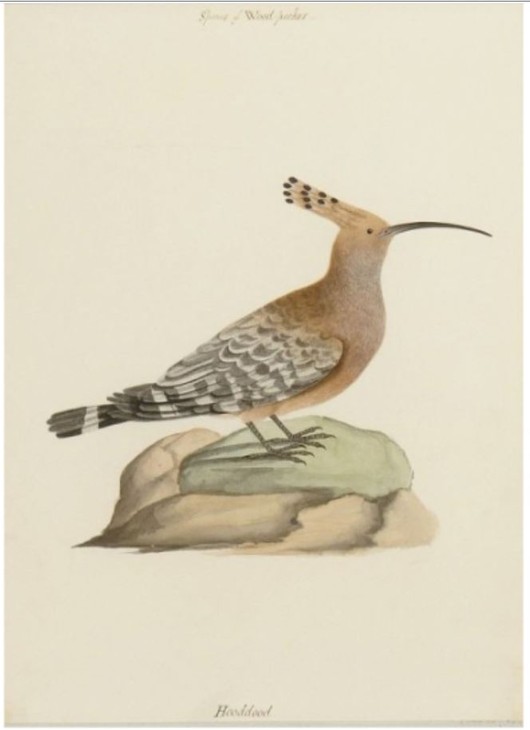 5. Woodpecker, Calcutta, beg. 19th c. (Ader Nordman 3.06.15 - 95) |
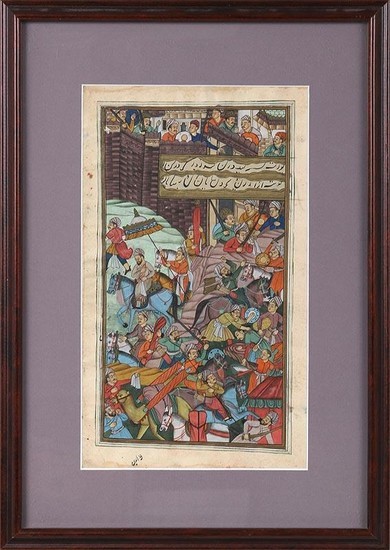 6. Battle scene, 21th c. (iGavel 2.08.18) |
3. Arms and Jewellery
| Besides painting, the Mughal dynasty is also famous for the extreme refinement of its decorative arts and jewellery. The two are intertwined since they mostly share the same ornamentation and sometimes the same techniques. While 17th century artefacts are rare, it is more common to see in auctions late 18th and 19th century pieces. Ornamented daggers with animal shaped pommel carved in semi-precious stones like are common but can reach very high prices depending on their quality, very uneven. (7) Boxes and cups carved in semi-precious stone and highlighted with enamels sold in auction are mostly attributable to the 19th century. In these cases, the price is dictated by the quality of the design and the addition of thin previous stones. (8) |  7. Animal head weapon (Millon 3.5.18 - 281) |
Valuation criterion are similar for enamelled jewellery pieces, especially the quality of floral decoration on the body. Flower patterns are a commonplace of 17th century Mughal art – as exemplified inside the Taj Mahal, as the emperor Jahangir (1605-1627) was particularly fond of natural history and introduced a new decoration trend based on floral forms. Jewellery pieces tend to reproduce this trend, adding gems to the colourful enamels. (9) Though it is not uncommon to see pieces were the jewel were replaced by coloured glass, some of them are sold intact, their estimation taking into account the quality of the gem and the overall weight. Floral designs are also visible on metalwork called bidri, identifiable by its technique giving a dark colour to some parts of the pieces. (10)

8. Karud dagger, 18th c. (Rossini 27.06.17 - 289)
9. Diamond-set gold ring, Jaipur (Bonhams 24.04.18 - 302)
10. Hooka base in bidriware (Catawiki 1.08.18)
In conclusion, it is easy to get lost in the colourful diversity of Mughal arts but with the right pair of eyes by their side, collectors can find their way to real treasures of refinement.
This article was brought to you by the Islamic Arts specialist Dr Isabelle Imbert PH.D. in collaboration with Lot-Art.com
LOT-ART | Worldwide Auctioning Made Easy
Other interesting articles
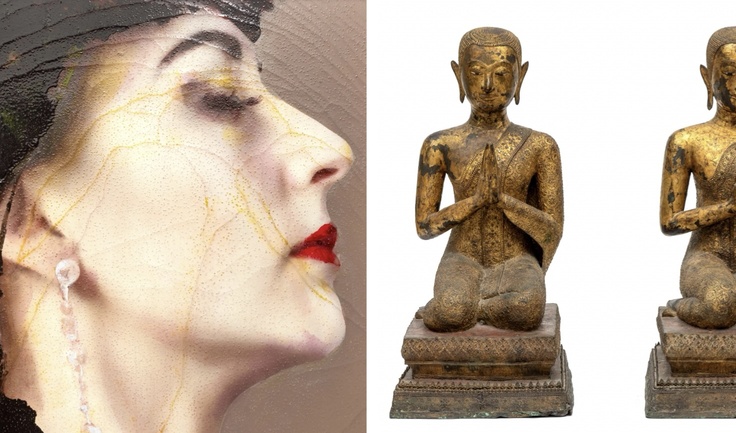
|
Thu Apr 25 2024
Art and Antiques at De Zwaan, AmsterdamDe Zwaan, Amsterdam presents the Spring Art and Antique Sale on April 30th - May 15th. The sale features fine art, Asian art, classic furniture, jewellery, watches & clocks, Tribal art and varia. Discover the Auction Highlights or browse the full catalogue here » SELECTED LOTS LEFT: Walasse Ting (1929-2010) - "Two women with parrots" Watercolour and Gouache, signed with... |
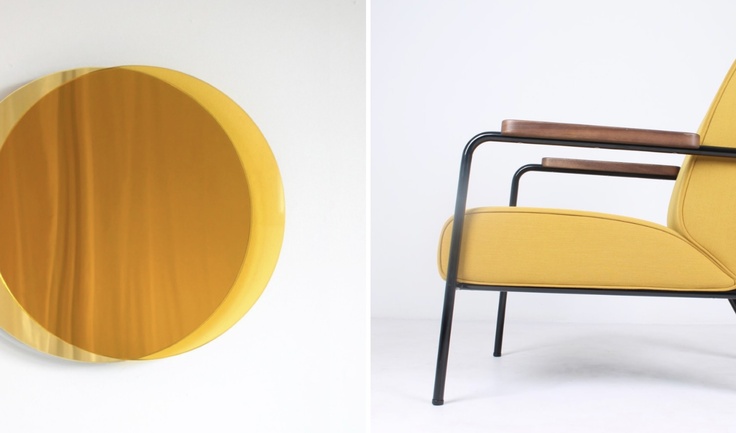
|
Wed Apr 24 2024
Masterly x Catawiki: "Homage" Collection | Exclusive DesignFor the installation at Salone del Mobile 2024, Catawiki and Masterly commissioned contemporary creators to reinterpret design icons. The auction "Homage" - A Tribute in Auction on April 28th is curated by Masterly founder, Nicole Uniquole, and includes the world-famous Eames Lounge Chair reimagined by Stefan Scholten. An auction inspired by the installation at Salone... |
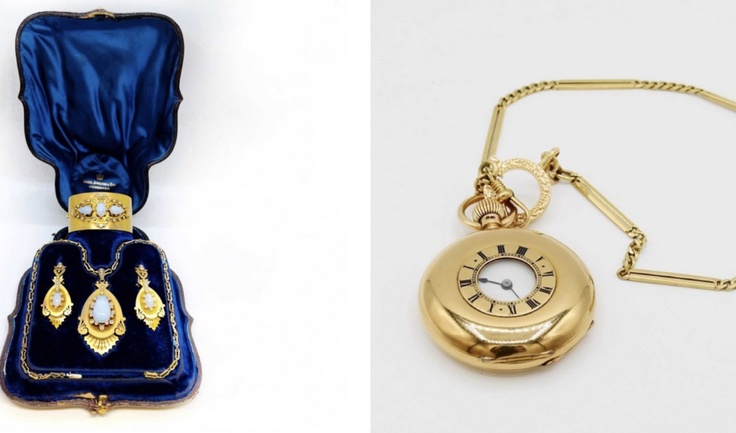
|
Tue Apr 23 2024
A Selection of Jewelry at Casa d'Aste Guidoriccio, ItalyCasa d'Aste Guidoriccio, Italy presents the Auction: "Jewels. A Selection of Jewelry and Precious from Private Collections" on April 30th. Discover the Auction Highlights or browse the full catalogues here » SELECTED LOTS LEFT: Platinum and Diamond Ring, Fabergé Victor Mayer Collection. Diamonds totalling 0.78 ct. Limited series 11/100. See Price Estimate... RIGHT: 750... |
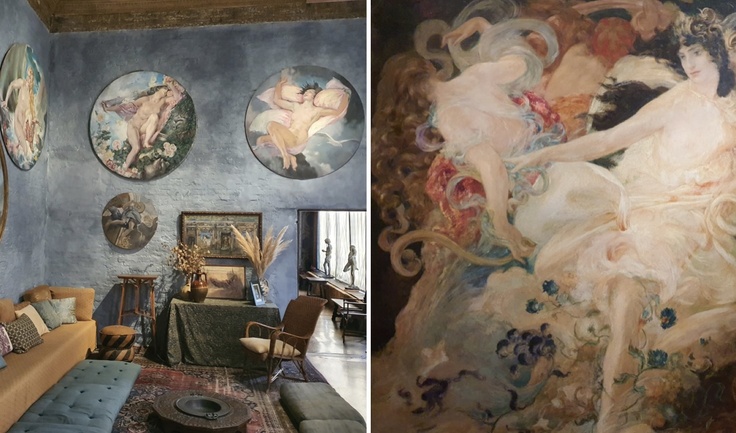
|
Mon Apr 22 2024
Enchantment at Palazzo Fortuny: 'Selva' by Eva Jospin in VeniceLEFT: Photograph of the Mariano Fortuny Y Madrazo Museum; RIGHT: Wagnerian Cycle. Parsifal. The Flower Maidens, Mariano Fortuny y Madrazo, 1896 Mariano Fortuny y Madrazo, born in Granada in 1871, was a renowned Spanish artist celebrated for his innovative contributions in the realms of fashion, photography, and lighting design. Fortuny gained global fame for the... |
